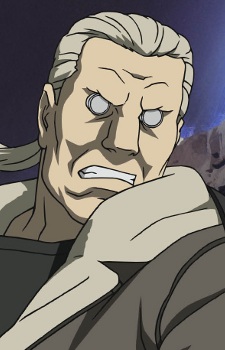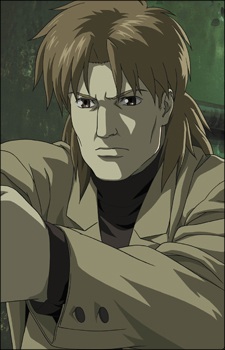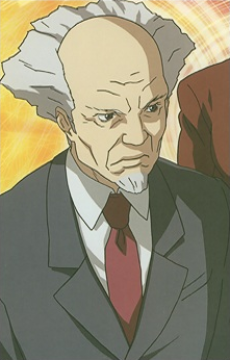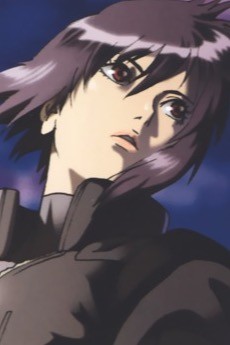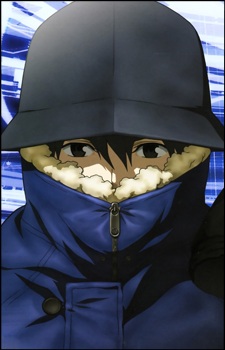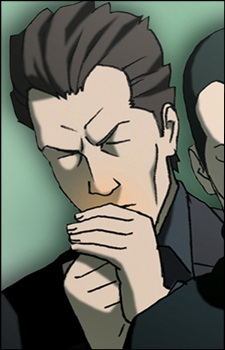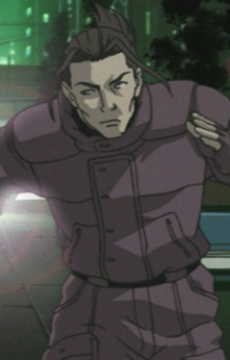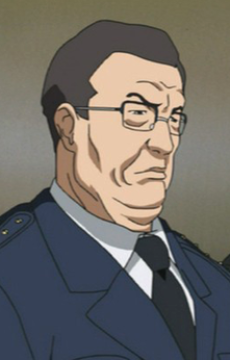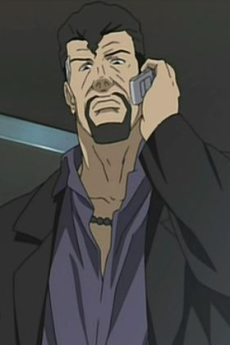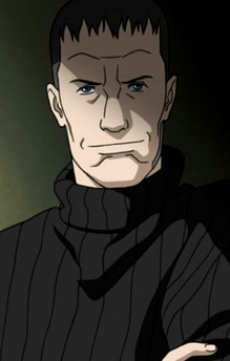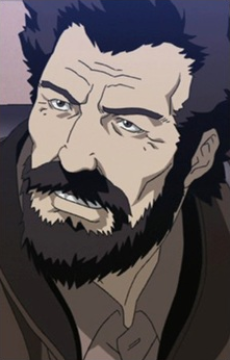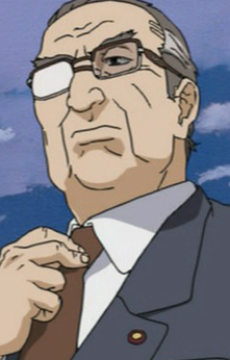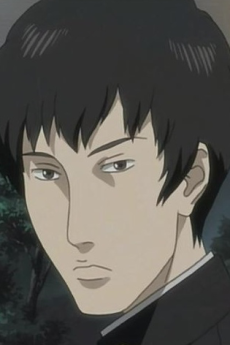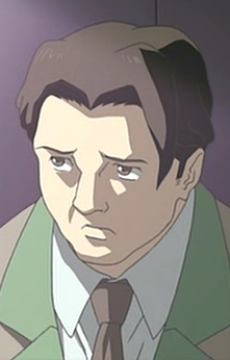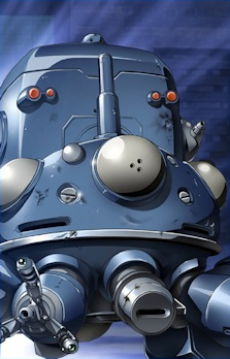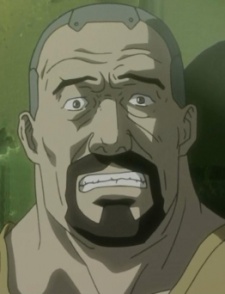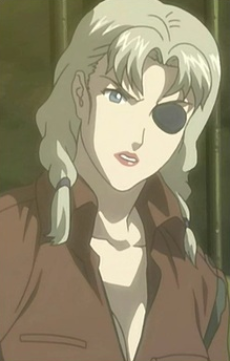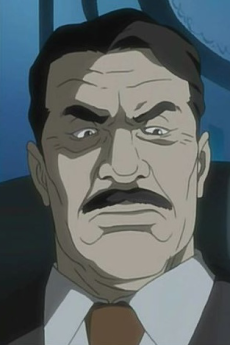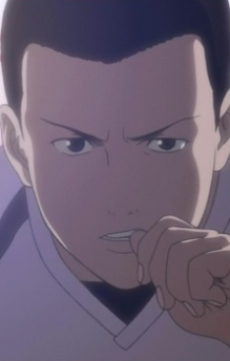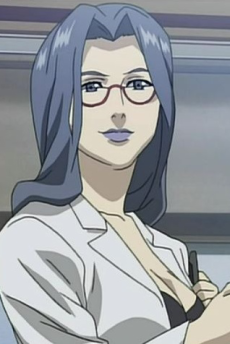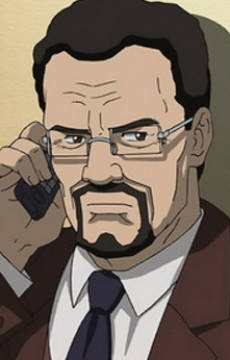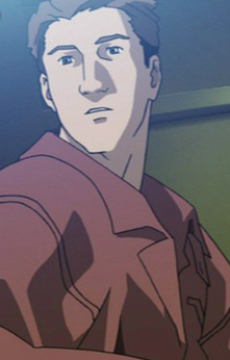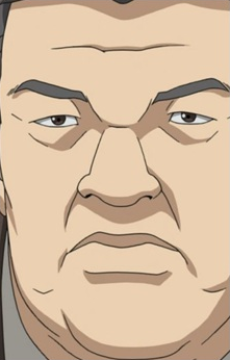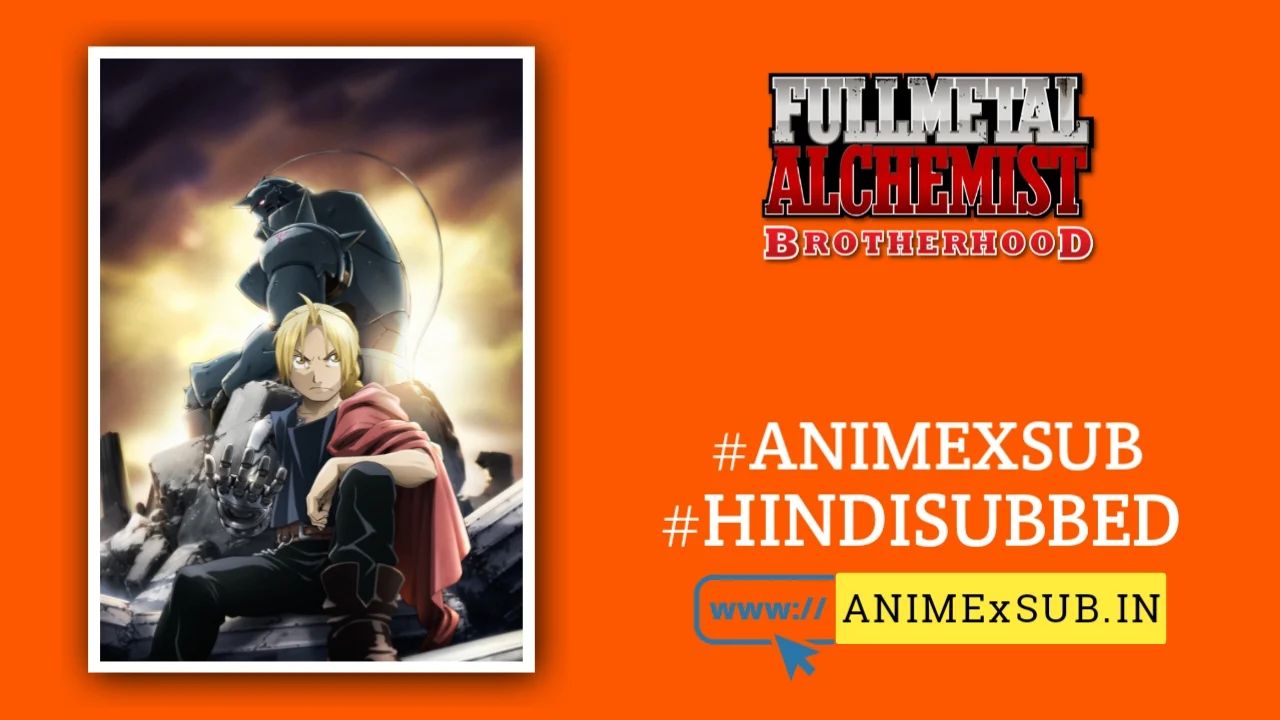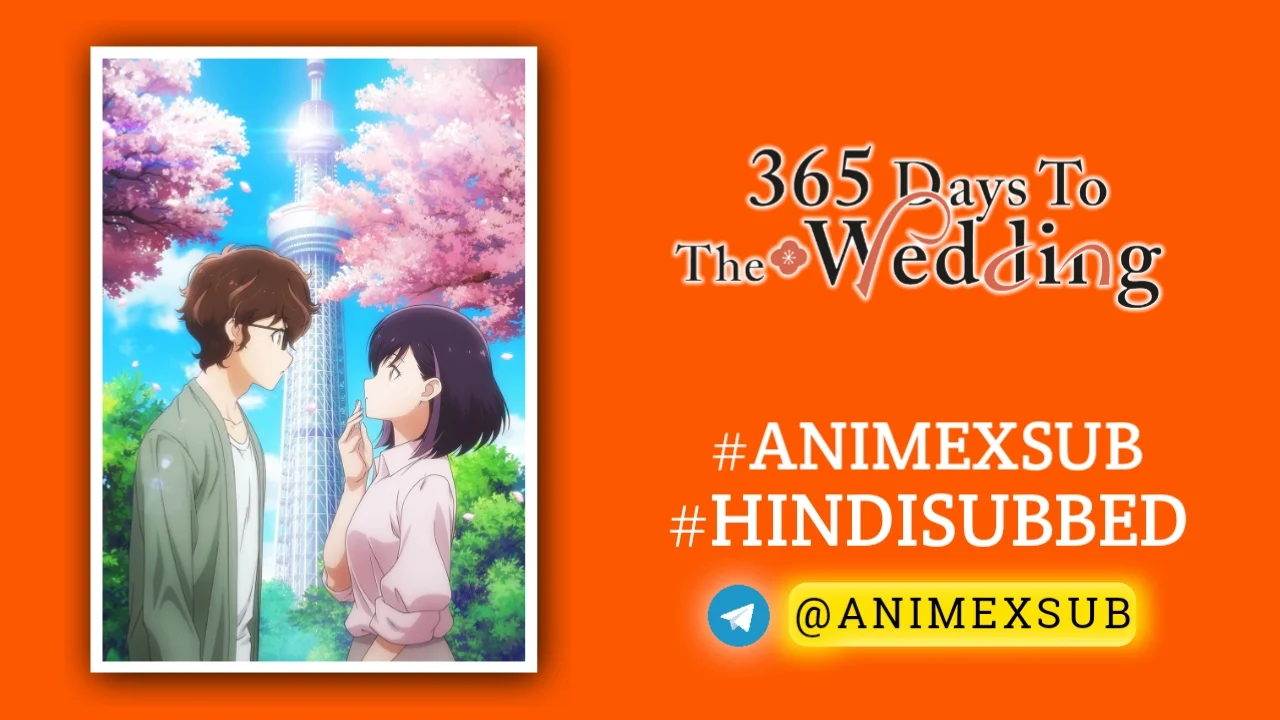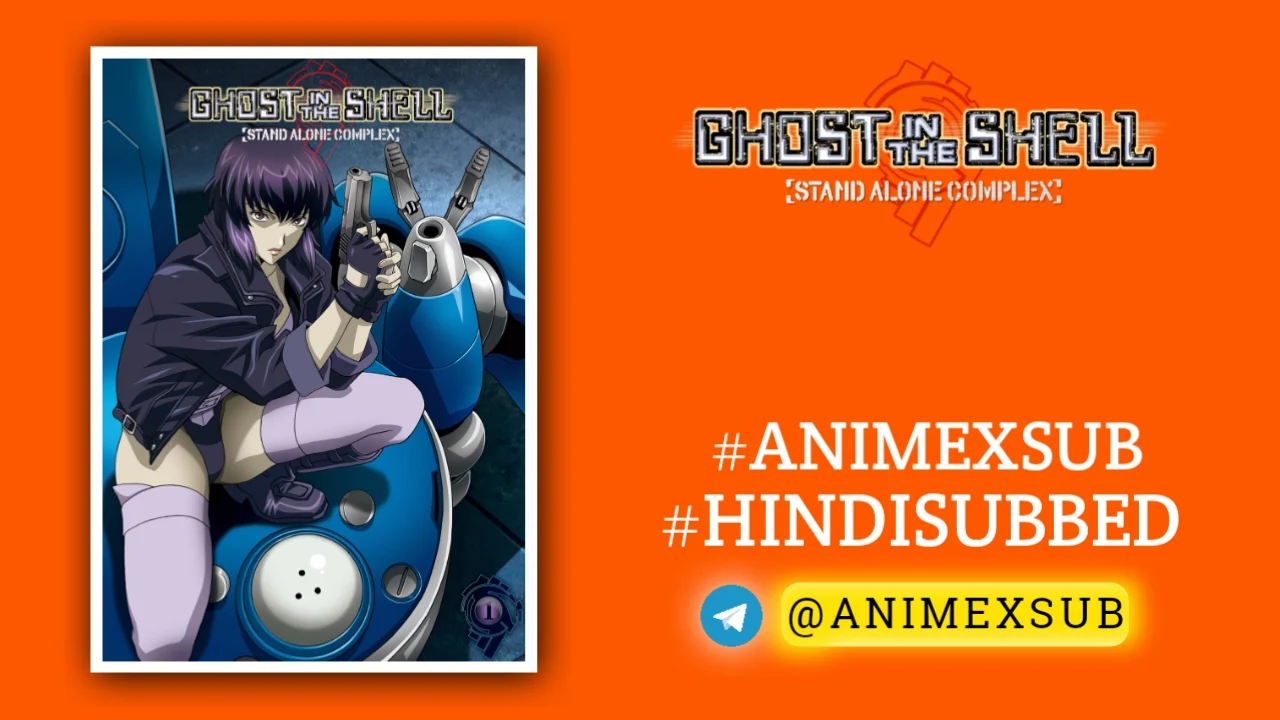
Ghost in the Shell: Stand Alone Complex Hindi Subbed [12/12] | Koukaku Kidoutai: Stand Alone Complex Hindi Sub
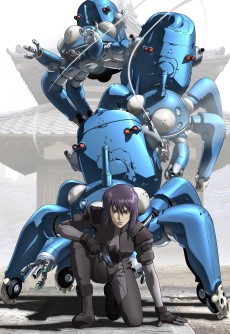
Koukaku Kidoutai: STAND ALONE COMPLEX
Ghost in the Shell: Stand Alone ComplexSynopsis
In the not so distant future, mankind has advanced to a state where complete body transplants from flesh to machine is possible. This allows for great increases in both physical and cybernetic prowess and blurring the lines between the two worlds. However, criminals can also make full use of such technology, leading to new and sometimes, very dangerous crimes. In response to such innovative new methods, the Japanese Government has established Section 9, an independently operating police unit which deals with such highly sensitive crimes. Led by Daisuke Aramaki and Motoko Kusanagi, Section 9 deals with such crimes over the entire social spectrum, usually with success. However, when faced with a new A level hacker nicknamed “The Laughing Man”, the team is thrown into a dangerous cat and mouse game, following the hacker’s trail as it leaves its mark on Japan. (Source: MyAnimeList)
Watch Trailer
Characters
Ghost in the Shell: Stand Alone Complex Season 1 – A Cyberpunk Masterpiece That Redefines Anime
In the pantheon of anime, few series have left as indelible a mark as Ghost in the Shell: Stand Alone Complex (Season 1, 2002). This 26-episode triumph, directed by Kenji Kamiyama and produced by Production I.G, isn’t just a continuation of Masamune Shirow’s seminal manga or Mamoru Oshii’s iconic 1995 film—it’s a bold reimagining that elevates the Ghost in the Shell franchise into a cerebral, action-packed, and emotionally resonant exploration of humanity in a hyper-technological future. This review dives deep into why Season 1 is a next-level achievement, offering a unique blend of philosophical depth, technical brilliance, and narrative innovation that remains unmatched.
The World: A Cyberpunk Tapestry Woven with Precision
Set in 2030, Stand Alone Complex immerses viewers in New Port City, a futuristic Japan where cybernetic enhancements, AI, and interconnected networks are ubiquitous. The series follows Public Security Section 9, an elite counter-cyberterrorism unit led by Major Motoko Kusanagi, a cyborg with a human “ghost” (soul) navigating the blurred lines between man and machine. The world feels alive and organic, with rust-streaked skyscrapers, neon-lit streets, and a palpable sense of a society teetering on the edge of technological singularity. Unlike many sci-fi anime that prioritize aesthetics, Stand Alone Complex grounds its cyberpunk vision in sociological and philosophical questions, making its world both immersive and unsettlingly prescient.
The series’ central narrative revolves around the “Laughing Man” case—a mysterious hacker whose actions expose corporate corruption and governmental overreach. This overarching plot is interwoven with standalone episodes that showcase Section 9’s diverse missions, from thwarting assassinations to unraveling cyber-crimes. This dual structure—standalone and complex episodes—gives the series its name and its unique rhythm, balancing episodic accessibility with a serialized conspiracy that rewards attentive viewing.
Narrative Innovation: A Symphony of Ideas and Action
What sets Stand Alone Complex apart is its refusal to spoon-feed its audience. The Laughing Man arc is a labyrinthine mystery that unfolds gradually, demanding active engagement. Information is delivered at a breakneck pace, with dense dialogue and subtle clues that might require multiple viewings to fully grasp. Yet, this complexity is never gratuitous; every detail serves the story, whether it’s a throwaway line about cyberbrain hacking or a fleeting visual of a corporate logo. The series trusts its audience to connect the dots, making the eventual revelations about the Laughing Man’s identity and motives profoundly satisfying.
The standalone episodes are equally compelling, each a self-contained vignette exploring themes like AI ethics, political corruption, or the psychological toll of cyberization. For example, Episode 6, “Memes,” delves into the concept of viral ideas in a networked society, while Episode 12, “Tachikoma Runs Away,” humanizes the AI tanks with surprising emotional depth. These episodes aren’t filler; they enrich the world and characters, making the serialized plot even more impactful.
The series also tackles prescient issues—cybersecurity, misinformation, and the erosion of privacy—that feel eerily relevant in 2025. Its exploration of “stand-alone complexes” (copycat behaviors without a central orchestrator) mirrors real-world phenomena like viral internet movements, making the show a prophetic commentary on our digital age.
Characters: Souls in the Machine
At the heart of Stand Alone Complex is Major Motoko Kusanagi, a character who embodies the series’ philosophical core. Unlike her more introspective portrayal in the 1995 film, this Motoko is a confident, action-oriented leader with a sharp wit and a subtle vulnerability. Her cybernetic body and human ghost raise questions about identity and autonomy, but the series wisely avoids heavy-handed monologues, letting her actions—whether diving into a digital network or sparring with Batou—reveal her inner conflict.
The ensemble cast is equally rich. Batou, the gruff ex-soldier with a soft spot for the Major, brings warmth and humor, while Togusa, the least cyberized member, grounds the team with his human perspective. Chief Aramaki’s stoic leadership and Saito’s sniper precision add depth, but the true breakout stars are the Tachikomas—spider-like AI tanks whose childlike curiosity and philosophical musings steal the show. Their arc, exploring the emergence of individuality in AI, is a masterclass in blending humor, heart, and existential inquiry.
Technical Brilliance: A Visual and Auditory Feast
Production I.G delivers some of the finest animation of its era. The character designs, rooted in Tetsuya Nishio’s sleek style, balance realism with expressiveness, while the backgrounds capture the gritty beauty of New Port City. Action sequences are kinetic yet precise, from high-octane shootouts to Motoko’s thermoptic camouflage stealth missions. The integration of CGI, particularly for the Tachikomas, is seamless for its time, enhancing rather than distracting from the 2D animation.
Yoko Kanno’s score is nothing short of legendary. The opening theme, “Inner Universe,” with its haunting blend of Russian vocals and electronic beats, sets the tone for the series’ fusion of mysticism and technology. The soundtrack shifts effortlessly from pulsating action cues to meditative synths, mirroring the narrative’s tonal range. Kenji Kawai’s influence from the 1995 film lingers in the choral motifs, adding continuity to the franchise’s sonic identity.
Philosophical Depth: What Makes Us Human?
At its core, Stand Alone Complex grapples with the nature of consciousness in a world where minds can be hacked, memories manipulated, and bodies replaced. The Laughing Man’s actions raise questions about free will and resistance against systemic oppression, while the Tachikomas’ evolution challenges the boundaries between artificial and human intelligence. The series draws on philosophical traditions—Kantian ethics, existentialism, and even Buddhist concepts of impermanence—without ever feeling didactic.
One of the most powerful moments comes in the finale, where the Laughing Man’s true nature forces Section 9 to confront the ethical implications of their own cybernetic existence. The series doesn’t provide easy answers, instead inviting viewers to ponder what defines humanity in an age of pervasive technology. This intellectual rigor, paired with visceral action, makes Stand Alone Complex a rare breed of anime that satisfies both the mind and the adrenaline.
Why It’s Next Level
Stand Alone Complex Season 1 is a triumph because it transcends the expectations of its genre. It’s not just a cyberpunk thriller or a police procedural; it’s a meditation on the human condition, wrapped in a visually stunning package. Its narrative structure, blending standalone and serialized storytelling, was revolutionary for its time and influenced later anime like Psycho-Pass and Ergo Proxy. Its themes remain urgent, offering insights into our increasingly digital world. And its characters, from Motoko to the Tachikomas, are unforgettable, their struggles resonating long after the credits roll.
Compared to the 1995 film, which prioritized philosophical introspection, or the manga, which leaned into technical details, Stand Alone Complex strikes a perfect balance of action, character, and ideas. It’s accessible to newcomers yet rewarding for fans of the franchise, offering a fresh take on familiar themes without retreading old ground.
Critiques: Not Without Flaws
No masterpiece is perfect. The series’ dense plotting can be overwhelming, especially in the Laughing Man arc, where rapid-fire exposition risks alienating casual viewers. Some criticize the sexualization of Motoko’s outfits, which can feel gratuitous and at odds with her complex character. And while the animation holds up, certain episodes show budget constraints, with occasional static shots or reused assets. Yet, these minor flaws pale against the series’ ambition and execution.
Legacy and Impact
Stand Alone Complex Season 1 redefined what anime could be, proving that serialized storytelling could rival cinematic epics. Its influence is evident in everything from The Matrix sequels to modern cyberpunk games like Cyberpunk 2077. The series spawned a second season (2nd GIG), a TV movie (Solid State Society), and a controversial CG sequel (SAC_2045), but Season 1 remains the gold standard.
For those new to the franchise, start here. It’s not just an entry point—it’s the beating heart of Ghost in the Shell. For veterans, it’s a reminder of why this series endures: it challenges us to question our humanity, our technology, and our future, all while delivering a pulse-pounding ride.
Final Verdict: 9.5/10 – A cyberpunk masterpiece that’s as thought-provoking as it is thrilling, Ghost in the Shell: Stand Alone Complex Season 1 is anime at its most powerful, unique, and unforgettable.
Where to Watch (as of July 2025): Stream on Netflix or purchase the Blu-ray from Anime Limited. Check out the original Japanese with subtitles for the full experience, though the English dub, with its nostalgic cast, is excellent too.
Support Our Anime Community!
Love watching the latest anime? Help us keep uploading new episodes by join telegram channel ❤️
Join Now!